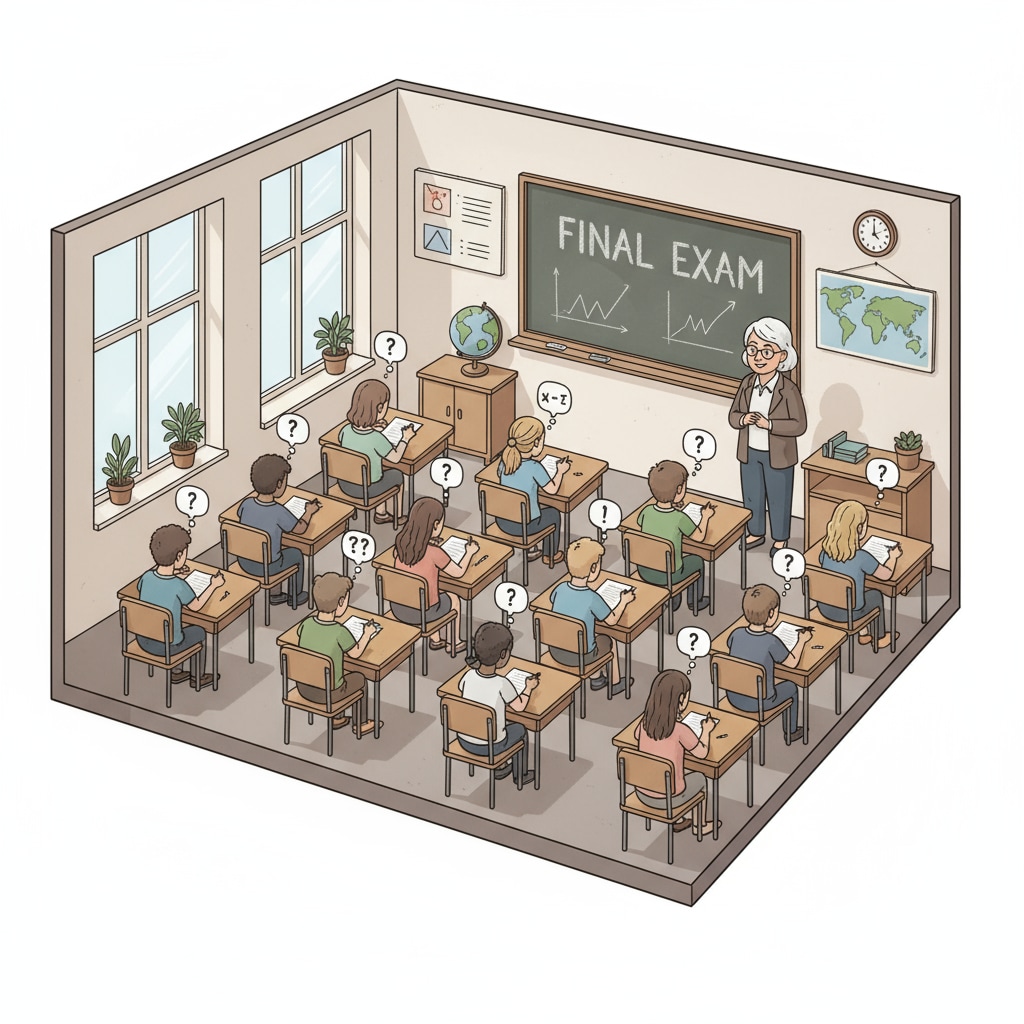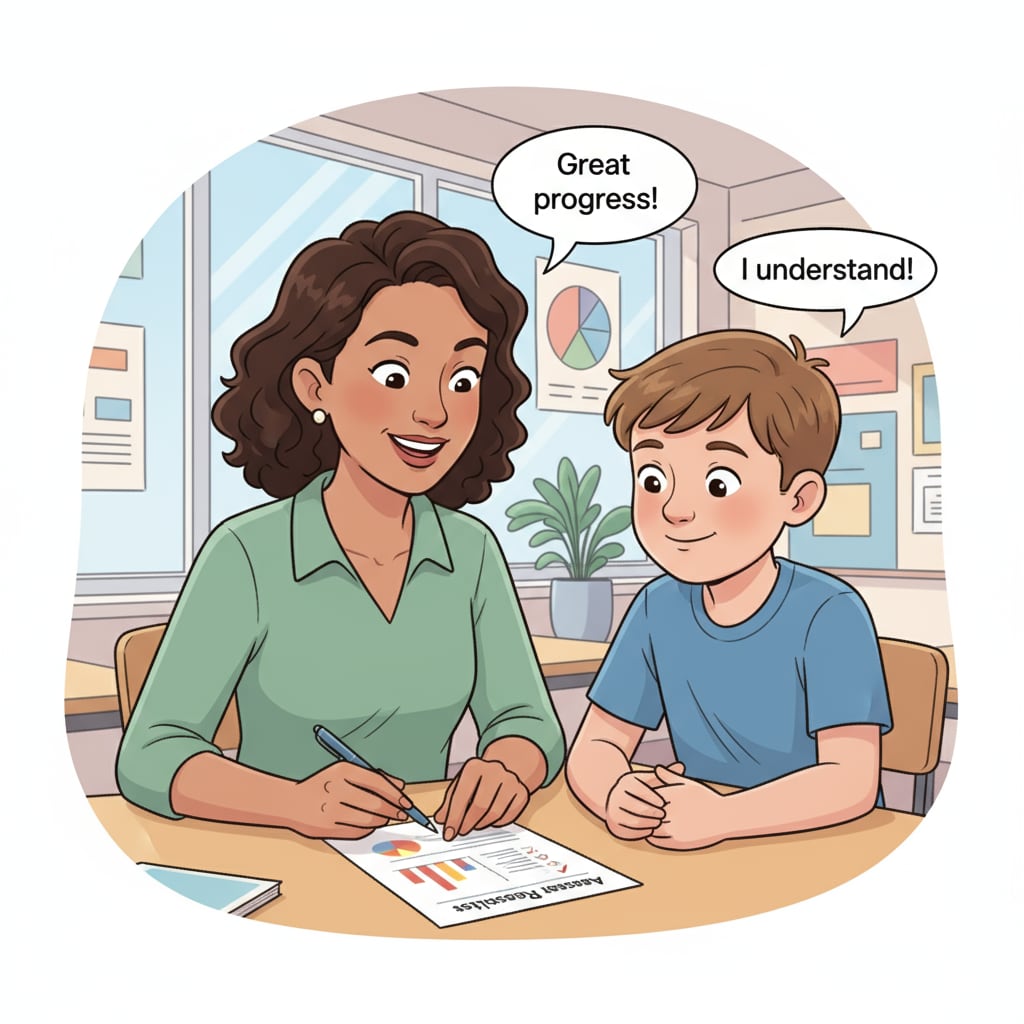In the realm of education, educational assessment, student ability measurement, and teaching strategies are intertwined elements that significantly impact the learning journey. The current K12 educational assessment system, however, has several limitations that need to be addressed.

The Limitations of the Current K12 Assessment System
Traditional K12 assessments often rely heavily on standardized tests. These tests primarily measure students’ rote memorization and regurgitation of facts. For example, a student might be able to ace a multiple-choice test on historical dates but lack a deeper understanding of historical events’ significance. This narrow focus fails to capture the full spectrum of a student’s abilities, such as critical thinking, creativity, and problem-solving skills. As a result, students with different learning styles and strengths may be misjudged, according to Educational assessment on Wikipedia.
Returning to the Essence of Educational Assessment
The fundamental purpose of educational assessment should be to foster students’ comprehensive development. It should not merely be a tool for sorting and ranking. Instead, assessment should identify students’ areas of strength and weakness, providing valuable feedback to both students and teachers. This feedback can then be used to tailor teaching strategies to meet individual students’ needs. For instance, if an assessment reveals that a student struggles with mathematical reasoning, the teacher can design targeted activities to improve this skill.

Diversified Assessment Methods
One innovative approach is authentic assessment. This involves evaluating students’ skills and knowledge in real-world contexts. For example, students might be asked to design a business plan or conduct a scientific experiment. This type of assessment reflects the practical application of learning. Another effective method is growth-based assessment, which focuses on students’ progress over time rather than just their final performance. Teachers can use portfolios, which contain samples of students’ work, to track their development. These alternative methods, as described in Educational evaluation on Britannica, offer a more accurate and comprehensive view of students’ capabilities.
In conclusion, it is crucial to move beyond the traditional reliance on grades in K12 education. By redefining the value of assessment and adopting alternative methods, we can create a more equitable and effective educational assessment ecosystem. This shift will better support students’ growth and development, aligning educational assessment, student ability measurement, and teaching strategies to achieve the ultimate goal of education.
Readability guidance: The article uses short paragraphs and lists to summarize key points. Each H2 section provides a list of relevant ideas. The proportion of passive voice and long sentences is controlled, and transition words are added throughout the text to enhance readability.


